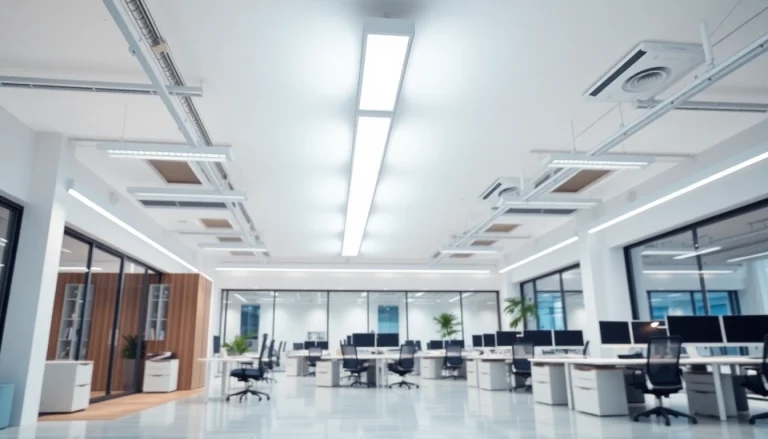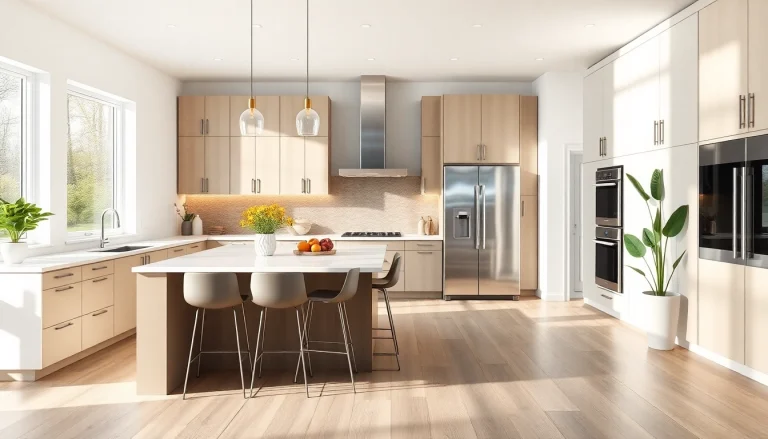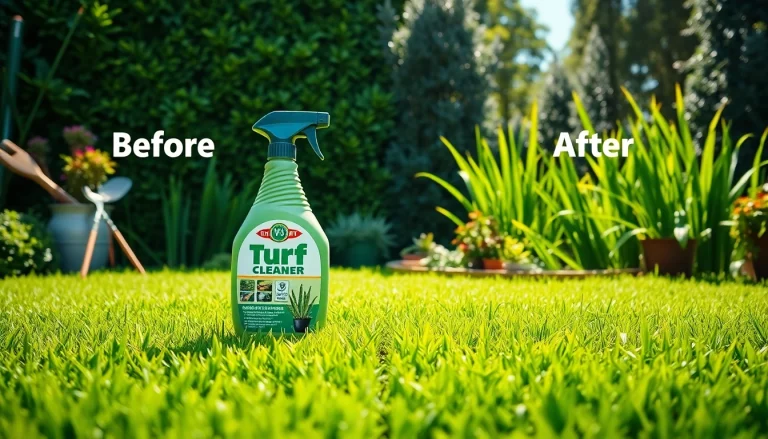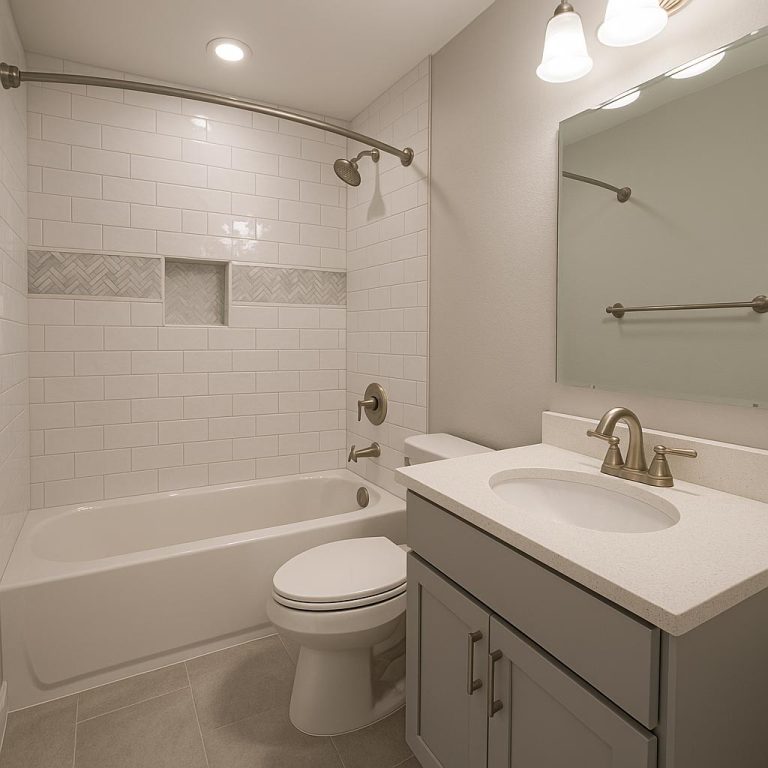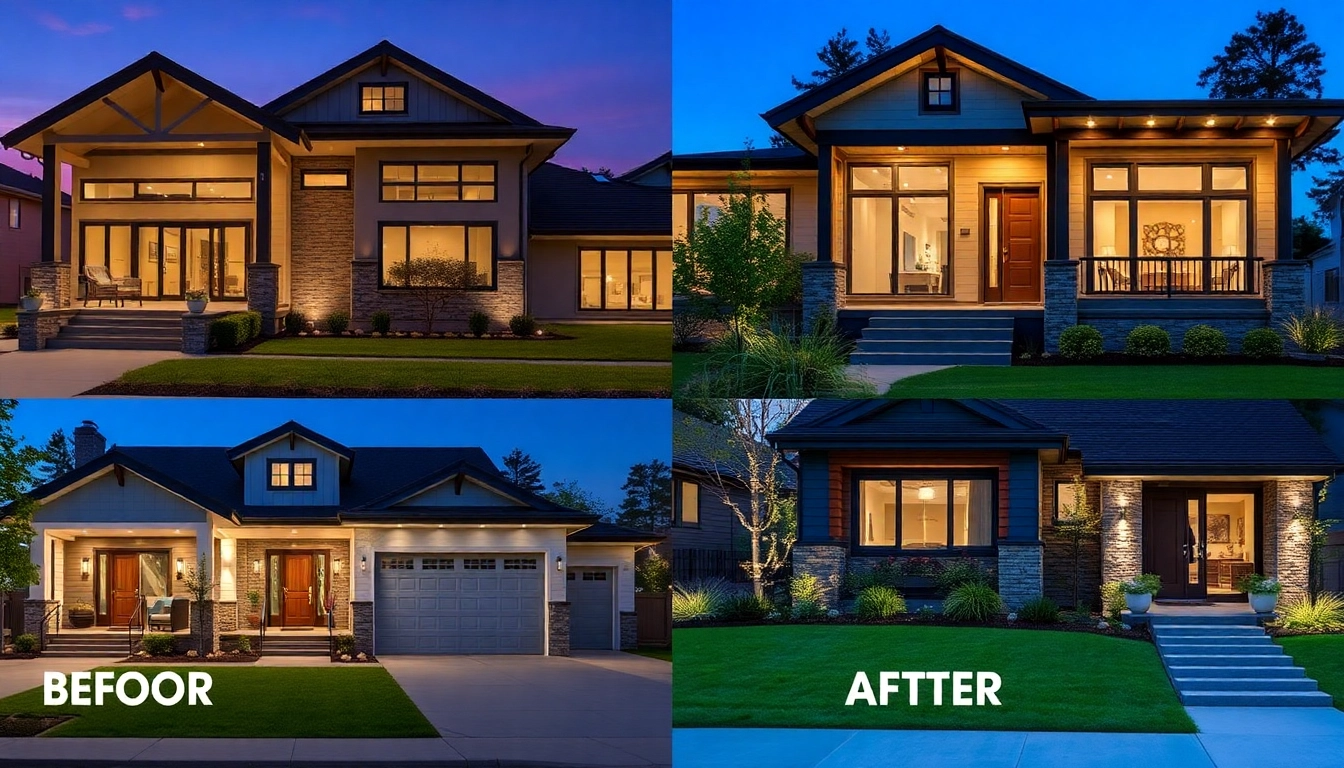
Understanding Exterior Renovations
When it comes to enhancing your home, exterior renovations play a crucial role. These renovations not only redefine the aesthetic appeal of your property but also significantly boost its value and functionality. Whether you are looking to modernize, increase curb appeal, or improve energy efficiency, understanding the core elements of exterior renovations is essential.
What are Exterior Renovations?
Exterior renovations encompass a wide range of modifications and upgrades made to the outside of a home. From updating siding and roofing to enhancing landscaping and improving door and window installations, these changes aim to elevate the property’s visual appeal and functionality. The renovations could be major structural changes or minor aesthetic enhancements, and they can dramatically change how a home is perceived from curbside.
Importance of Curb Appeal in Home Value
Curb appeal refers to the attractiveness of a property as viewed from the street. It plays a pivotal role in the real estate market, influencing a potential buyer’s first impression. Research indicates that homes with attractive exteriors can command higher prices, often selling quicker than those with unkempt or outdated appearances. Key elements that enhance curb appeal include:
- Fresh paint or updated siding
- Well-manicured lawns and gardens
- Attractive entryways
- Updated windows and doors
- Quality outdoor lighting
Investing in exterior renovations is essential for homeowners looking to maximize their property’s value.
Key Elements of Successful Exterior Renovations
A successful exterior renovation project involves careful planning and execution. Here are the key elements:
- Design Cohesion: Ensure that the renovations match the architectural style of your home.
- Quality Materials: Invest in durable materials that will withstand the elements and require minimal upkeep.
- Expert Execution: Hire qualified contractors to ensure high-quality workmanship that meets local building codes.
- Landscape Integration: Consider how your landscaping complements your renovation. Plants, trees, and pathways should enhance rather than detract from the visual impact.
Budgeting for Your Exterior Renovation Project
Budgeting is a crucial step in any renovation project. Understanding the costs upfront will help prevent financial strain as your project progresses.
Cost Factors in Exterior Renovations
Multiple factors influence the overall cost of exterior renovations:
- Scope of Work: The extent of your renovation—whether minor updates or a complete overhaul—will heavily dictate costs.
- Material Choices: Higher-quality materials might have a more significant up-front cost but can save money in the long run due to durability.
- Labor Costs: Hiring professional contractors can add to the expense, but their expertise can ensure quality results.
- Permits and Regulations: Depending on your location, you may need permits that can incur additional costs.
Budgeting Tips for Homeowners
To develop a realistic budget for your exterior renovation, consider the following tips:
- Determine your overall budget and break it down by category (materials, labor, permits).
- Plan for unexpected expenses—budget an additional 10-20% to cover surprises.
- Research prices in your area and gather estimates from multiple contractors.
- Consider DIY options for projects where you have experience or access the right tools.
Exploring Financing Options for Renovations
Understanding your financing options can make a significant difference in your renovation project:
- Home Equity Loans: These loans allow you to borrow against your home’s equity to fund renovations.
- Personal Loans: Unsecured personal loans can help cover renovation costs; however, interest rates may be higher.
- Credit Cards: A credit card with a low interest rate can be a quick way to finance smaller renovation projects.
- Government Grants and Programs: Look for local or state programs that assist with home improvements, especially for energy-efficient upgrades.
Choosing the Right Materials
Choosing the right materials is foundational to the success and longevity of your exterior renovations.
Comparative Analysis of Renovation Materials
The choice of materials for exterior renovations affects both performance and aesthetics. Here are some options and their benefits:
- Vinyl Siding: Durable and low-maintenance, vinyl siding comes in various colors and styles.
- Composite Materials: Made from wood fibers and plastic, these materials offer the look of wood without the maintenance issues.
- Cement Board Siding: This fire-resistant option is durable and low-maintenance, ideal for all weather conditions.
- Natural Stone: While more expensive, natural stone provides timeless beauty and superior durability.
Eco-Friendly Options for Sustainable Renovations
More homeowners are opting for sustainable building materials. Consider these eco-friendly options:
- Recycled Materials: Products made from recycled materials reduce waste and lower environmental impact.
- Sustainable Wood: Use wood that is certified by organizations like the Forest Stewardship Council (FSC).
- Energy-Efficient Windows: Windows with low-E (low emissivity) coatings can significantly reduce heat loss.
- Roofing with Solar Panels: Solar roofs provide renewable energy solutions while protecting your home.
Trends in Exterior Materials for Modern Homes
Staying updated on trends can influence your material choices:
- Textured and Varied Finishes: Mix-and-match textures add depth and interest.
- Bold Colors: Vibrantly colored exteriors are increasingly popular, pushing design boundaries.
- Smart Home Integrations: Combining weather-resistant materials with smart technology enhances security and efficiency.
Hiring Contractors for Your Exterior Renovation
The quality of your renovations is often dictated by the contractors you choose. Finding the right professionals is essential.
Finding Reliable Exterior Renovation Specialists
To identify trustworthy contractors, start by:
- Searching online directories and local listings for specialized exterior renovators.
- Asking friends, family, and neighbors for recommendations.
- Reviewing portfolios and checking online reviews to gauge previous work quality.
- Verifying licensing, insurance, and bonding to protect your investment.
Questions to Ask Potential Contractors
Before hiring a contractor, consider asking the following questions to ensure they’re the right fit:
- What is your experience with projects similar to mine?
- Can you provide references from past clients?
- What is your estimated timeline for completion?
- How do you handle unforeseen issues that arise during renovations?
- Can you provide a detailed written estimate?
Understanding Contracts and Agreements
A well-structured contract is critical for any renovation project. It should include:
- A detailed scope of work specifying all tasks that will be completed.
- A clear timeline with start and completion dates.
- A payment schedule and method of payment.
- Warranties or guarantees on work and materials used.
- Procedures for addressing disputes, should they arise.
Post-Renovation Considerations
After completing your exterior renovations, several considerations and actions will help ensure your investment continues to pay off.
Maintaining Your Newly Renovated Exterior
An important aspect of preserving your renovations is regular maintenance. Here are several maintenance tips:
- Perform routine inspections of roofing, siding, and windows for signs of wear or damage.
- Clean gutters regularly to prevent water damage.
- Inspect paint or finish every few years, applying touch-ups as needed.
- Maintain landscaping to enhance the overall visual appeal of the home.
Evaluating the Return on Investment
Analyzing the ROI of your renovations helps determine how successful the project was in terms of increasing property value. Key metrics for evaluation include:
- Comparing the final property value to pre-renovation estimates.
- Assessing the impact of renovations on sales time and selling price if you choose to sell.
- Recording energy savings from energy-efficient upgrades.
Planning for Future Renovations
A home often requires ongoing updates and improvements. Consider future renovations by:
- Staying abreast of new trends and technologies in home renovation.
- Budgeting for periodic upgrades every few years to keep the home current.
- Thinking about additional exterior features, such as outdoor living spaces or advanced landscaping designs, as part of future plans.
